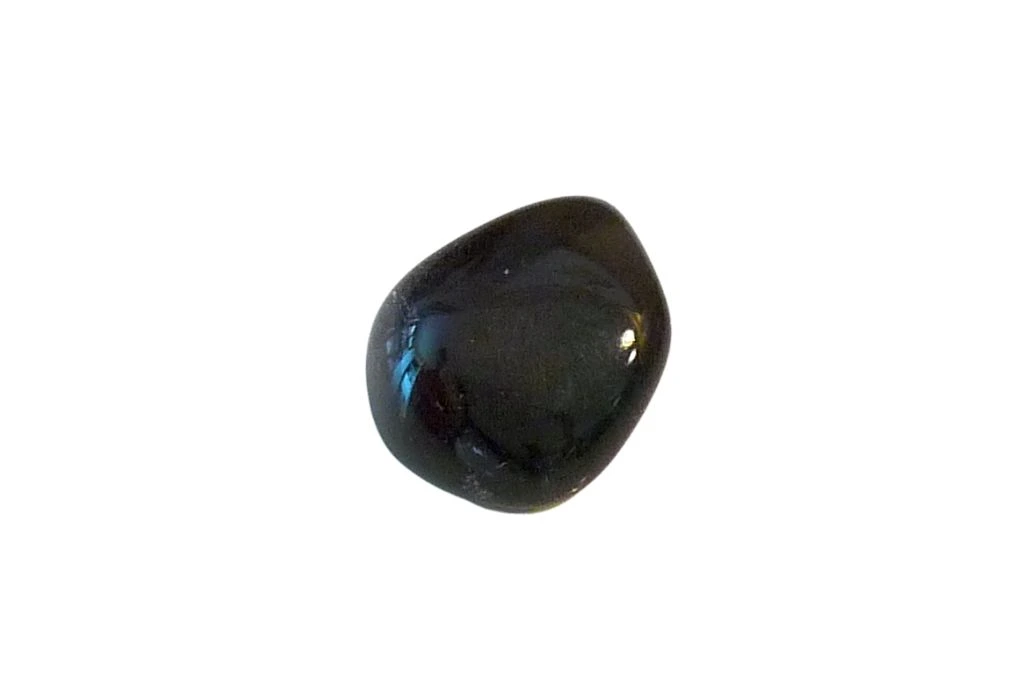Color and Appearance of Apache Tears
Apache Tears are small, rounded nodules of obsidian that possess a distinct and captivating appearance. These natural glass formations typically range in color from deep black to dark brown, with some specimens exhibiting a slightly reddish or grayish hue. The surface of Apache Tears is often smooth and glossy, giving them a polished look even in their raw state.
Structural Characteristics
One of the most notable features of Apache Tears is their unique internal structure. While they appear opaque and solid at first glance, these obsidian nodules are actually translucent when held up to a strong light source. This translucency reveals a smoky or cloudy interior, which adds depth and intrigue to their overall appearance. The structure of Apache Tears is amorphous, meaning they lack a defined crystalline structure, which is characteristic of natural glass formations.
Physical Properties and Unique Features
Apache Tears are relatively small in size, typically ranging from 1 to 3 centimeters in diameter. Their shape is generally rounded or teardrop-like, hence their name. These obsidian nodules have a Mohs hardness of 5 to 5.5, making them relatively durable for a natural glass. One of the most striking features of Apache Tears is their ability to produce a shimmering effect known as schiller when light hits them at certain angles. This optical phenomenon creates a subtle, silvery sheen that dances across the surface of the stone, adding to its visual appeal and mystique.
Origin and History of Apache Tears
Apache Tears are small, rounded nodules of obsidian formed from volcanic activity. They get their name from a tragic legend involving the Apache tribe in Arizona. According to the story, a group of Apache warriors, facing defeat by the U.S. Cavalry, chose to ride their horses off a cliff rather than surrender. The women and children of the tribe wept upon hearing of their fate, and their tears turned to stone upon hitting the ground.
Metaphysical Properties
In crystal healing and metaphysical practices, Apache Tears are believed to possess powerful grounding and protective qualities. They are often associated with emotional healing, particularly in dealing with grief and sorrow. Many practitioners claim that these stones can absorb negative energies and emotions, helping to clear the aura and promote a sense of inner peace.
Traditional and Modern Uses
Traditionally, Apache Tears were carried as goodluck charms and used in Native American healing rituals. In modern times, they are popular among crystal enthusiasts and are often used in meditation practices. Some people place Apache Tears in their living spaces to ward off negative energies or carry them as pocket stones for protection and emotional support throughout the day.
Perceived Benefits
Proponents of crystal healing suggest that Apache Tears can help alleviate depression, reduce anxiety, and promote emotional stability. They are thought to be particularly beneficial for those dealing with loss or trauma. Some believe that these stones can enhance one’s ability to forgive and let go of past hurts, facilitating personal growth and spiritual development. While scientific evidence for these claims is lacking, many individuals report feeling a sense of comfort and emotional relief when working with Apache Tears.

